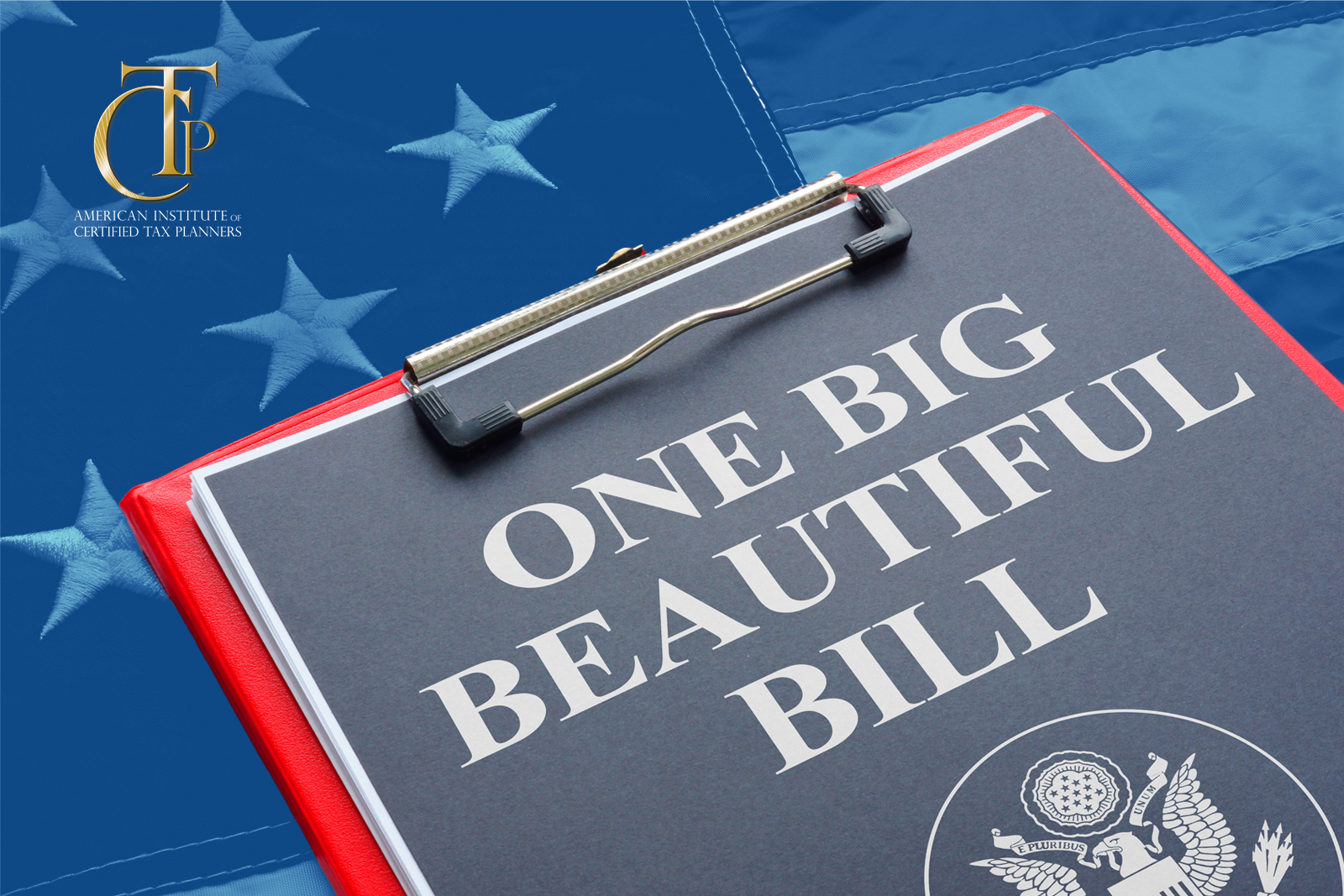Now that the dust has begun to settle and Americans are wrapping their minds around the many details of the “One Big Beautiful Bill” (OBBB), what’s next? In our last series of blogs, we covered the tax benefits available to businesses. Many of the new tax rules are complex, requiring businesses to fulfill specific requirements and pay attention to certain start and end dates. What about the tax breaks that apply mainly to individuals? Surely, those would be simple and straightforward, right? Yes and no.
In today’s blog, we’ll look at the major OBBB tax deductions for individuals and highlight the hidden complexities you’ll want to watch out for before trying to claim one.
For Tip-Earners
“No tax on tips” is a catchy headline. In reality, there are limits on who can take this deduction and how much they can actually deduct. On the other hand, the definition of a tip and the range of industries that could qualify is much broader than expected. In other words, you might not realize that this new tax deduction actually applies to you.
So how does this new tax benefit work? Here are the basics:
What counts as a tip?
• The rules say tips must be “cash,” but the definition is broader than it sounds. Eligible tips can be paid in cash, charged on a credit card, or distributed through a tip-sharing arrangement. Ineligible tips are any non-monetary items—for example, a gift basket from a customer.
• Tips must be freely offered by the customer, and the amount must be chosen by the customer. This means a mandatory service charge does not count.
How much can you deduct?
• Maximum deduction: $25,000 per year
• Income limit: $150,000 per year (or $300,000 for a married couple). Above this, the deduction goes down by $100 for every $1,000 in income over that threshold.
Who qualifies?
• Employees must have an occupation that normally receives tips. In other words, a business cannot arbitrarily add the option for customers to tip just to get this benefit.
• Employees of a specified service trade or business (SSTB) do not qualify. The IRS has a comprehensive list online, but this includes services in accounting, actuarial science, athletics, consulting, finance, health, investing, law, and performing arts.
• You cannot take this deduction on a “married filing separately” return.
• Sole proprietors can take the deduction if they meet all the other qualifications.
What documentation does the IRS require?
• Tips have to be third-party reported. This means they should appear on official IRS forms like a W-2, 1099-NEC, or 1099-K. Self-reported tips on Form 4137 also count.
• Taxpayers must include their social security number on their tax return.
Keep in mind that this benefit only lasts from 2025 through 2028. If you meet all the requirements, a $25,000 deduction per year can be a huge bonus. If tipping is already customary in your business, reach out to a Certified Tax Planner to see if this could work for you.
For Overtime Workers
This is another new tax deduction that has brought up plenty of confusion. What does it mean to have “no tax on overtime pay”? How much are hourly workers actually allowed to deduct from their wages? Here’s the breakdown:
What counts as overtime pay?
• Overtime pay is typically equal to “time-and-a-half” for any hours worked over 40 hours per week. However, you can only deduct the “half.” This means that if your regular pay rate is $20 per hour and your overtime pay rate is $30 per hour, you can only deduct the extra $10 per hour earned from working overtime.
• Your overtime pay also has to meet federal labor standards.
How much can you deduct?
• Maximum deduction for single filers: $12,500
• Maximum deduction for married filing jointly: $25,000
• Income limit: $150,000 per year for single filers or $300,000 for married filing jointly. Above this, the deduction goes down by $100 for every $1,000 in income over that threshold.
Who qualifies?
• You have to be a non-exempt W-2 employee.
• Your employer must be able to separately report overtime earnings on your W-2.
• You cannot take this deduction on a “married filing separately” return.
What documentation does the IRS require?
• Employers must track and report overtime on employees’ W-2 forms.
• Taxpayers must include their social security number on their tax return.
This benefit also only lasts from 2025 through 2028. You’ll notice a lot of similarities between the guidelines for this deduction and the tips deduction—be sure to keep your details straight, especially if you might qualify for both!
In many places online this was originally framed as “no tax on Social Security income.” But the final version of this benefit has nothing to do with Social Security. Instead, the deduction is broadly available to seniors. Here’s what you need to know:
How much can you deduct?
• Maximum deduction: $6,000 per person
• Income limit: $75,000 per year or $150,000 for married filing jointly. Above this, the deduction will be reduced by 6% of the taxpayer’s income (specifically, their modified adjusted gross income).
Who qualifies?
• Taxpayers aged 65 or older
• You cannot take this deduction on a “married filing separately” return.
What documentation does the IRS require?
• Taxpayers must include their social security number on their tax return.
The reworking of this benefit to a senior deduction opens up opportunities for older and low-to-moderate-income earners to get a tax break with very little effort. Once again, the benefit starts in 2025 and is currently set to expire at the end of 2028.
Summary
Tax law is complicated—there’s no way around it. Each potential new tax break also comes with plenty of fine print. By paying close attention to the income thresholds, timing rules, and other restrictions, you can make an informed decision on whether to spend the time adding a new OBBB deduction to your next return. The key is to steer clear of the news headlines that try to summarize a complicated tax benefit in the catchiest possible phrase. Instead, rely on actual experts: take a moment to reach out to a Certified Tax Planner today.





